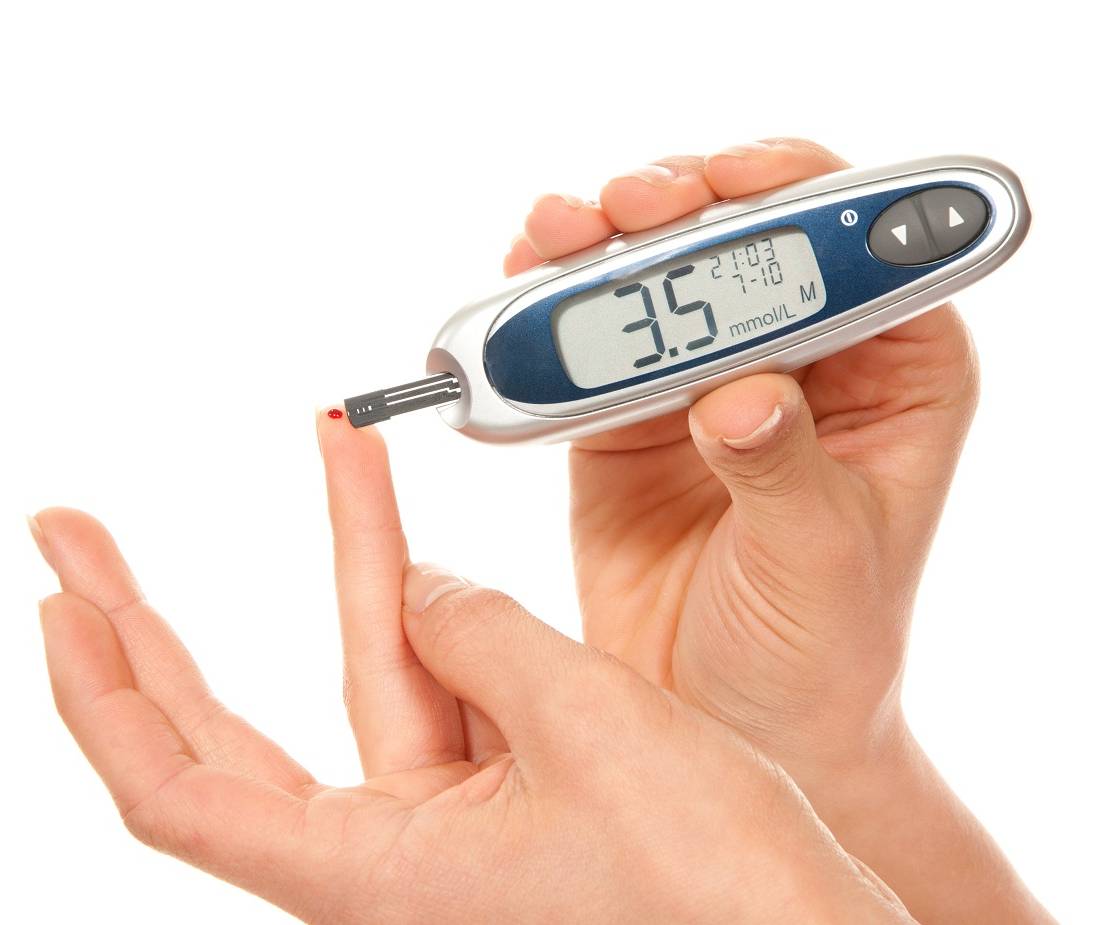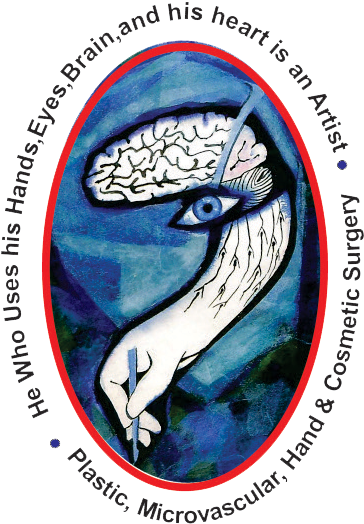Diabetic Care
Diabetes is a serious disease. Following your diabetes treatment plan takes round-the-clock commitment. But your efforts are worthwhile. Careful diabetes care can reduce your risk of serious , even life threatening complications

Here are 10 ways to take an active role in diabetes care and enjoy a healthier future.
1. Make a commitment to managing your diabetes
Members of your diabetes care team — doctor or primary care provider, diabetes nurse educator, and dietitian, for example — can help you learn the basics of diabetes care and offer support along the way. But it’s up to you to manage your condition.
Learn all you can about diabetes. Make healthy eating and physical activity part of your daily routine. Maintain a healthy weight.
Monitor your blood sugar, and follow your doctor’s instructions for managing your blood sugar level. Take your medications as directed by your doctor. Ask your diabetes treatment team for help when you need it.
2. Don’t smoke
Smoking increases your risk of type 2 diabetes and the risk of various diabetes complications, including:
- Reduced blood flow in the legs and feet, which can lead to infections, ulcers and possible removal of a body part by surgery (amputation)
- Heart disease
- Stroke
- Eye disease, which can lead to blindness
- Nerve damage
- Kidney disease
- Premature death
Talk to your doctor about ways to help you stop smoking or using other types of tobacco.
3. Keep your blood pressure and cholesterol under control
Like diabetes, high blood pressure can damage your blood vessels. High cholesterol is a concern, too, since the damage is often worse and more rapid when you have diabetes. When these conditions team up, they can lead to a heart attack, stroke or other life-threatening conditions.
Eating a healthy, reduced-fat diet and exercising regularly can go a long way toward controlling high blood pressure and cholesterol. Your doctor may also recommend taking prescription medication, if necessary.
4. Schedule regular physicals and eye exams
Schedule two to four diabetes checkups a year, in addition to your yearly physical and routine eye exams.
During the physical, your doctor will ask about your nutrition and activity level and look for any diabetes-related complications — including signs of kidney damage, nerve damage and heart disease — as well as screen for other medical problems.
Your eye care specialist will check for signs of retinal damage, cataracts and glaucoma.
5. Keep your vaccines up to date
Diabetes makes it more likely you’ll get certain illnesses. Routine vaccines can help prevent them. Ask your doctor about:
Flu vaccine. A yearly flu vaccine can help you stay healthy during flu season as well as prevent serious complications from the flu. Pneumonia vaccine. Sometimes the pneumonia vaccine requires only one shot. If you have diabetes complications or you’re age 65 or older, you may need a booster shot.
Hepatitis B vaccine. The hepatitis B vaccine is recommended for adults with diabetes who haven’t previously received the vaccine and are younger than 60. If you’re age 60 or older and have never received the hepatitis B vaccine, talk to your doctor about whether it’s right for you.
Other vaccines. Stay up to date with your tetanus shot (usually given every 10 years). Your doctor may recommend other vaccines as well.
6. Take care of your teeth
Diabetes may leave you prone to gum infections. Brush your teeth at least twice a day with a fluoride toothpaste, floss your teeth once a day and schedule dental exams at least twice a year. Call your dentist if your gums bleed or look red or swollen.
7. Pay attention to your feet
High blood sugar can reduce blood flow and damage the nerves in your feet. Left untreated, cuts and blisters can lead to serious infections. Diabetes can lead to pain, tingling or loss of sensation in your feet.
To prevent foot problems:
- Wash your feet daily in lukewarm water. Avoid soaking your feet, as this can lead to dry skin.
- Dry your feet gently, especially between the toes.
- Moisturize your feet and ankles with lotion or petroleum jelly. Do not put oils or creams between your toes — the extra moisture can lead to infection.
- Check your feet daily for calluses, blisters, sores, redness or swelling.
- Consult your doctor if you have a sore or other foot problem that doesn’t start to heal within a few days. If you have a foot ulcer — an open sore — see your doctor right away.
- Don’t go barefoot, indoors or outdoors.
8. Consider a daily aspirin
If you have diabetes and other cardiovascular risk factors, such as smoking or high blood pressure, your doctor may recommend taking a low dose of aspirin every day to help reduce your risk of heart attack and stroke. If you don’t have additional cardiovascular risk factors, the risk of bleeding from aspirin use likely outweighs any benefits of aspirin use. Ask your doctor whether daily aspirin therapy is appropriate for you, including which strength of aspirin would be best.
9. If you drink alcohol, do so responsibly
Alcohol can cause high or low blood sugar, depending on how much you drink and whether you eat at the same time. If you choose to drink, do so only in moderation, which means no more than one drink a day for women of all ages and men older than 65 and two drinks a day for men age 65 and younger.
Always drink with a meal or snack, and remember to include the calories from any alcohol you drink in your daily calorie count. Also, be aware that alcohol can lead to low blood sugar later, especially for people who use insulin.
10. Take stress seriously
If you’re stressed, it’s easy to neglect your usual diabetes care routine. To manage your stress, set limits. Prioritize your tasks. Learn relaxation techniques.
Get plenty of sleep. And above all, stay positive. Diabetes care is within your control. If you’re willing to do your part, diabetes won’t stand in the way of an active, healthy life.
Questions? We got Answers!
No, you can find a way to use sugar sparingly in your diet. Sugar is a carbohydrate, and all carbohydrates raise blood sugar. The amount and type of carbohydrate, as well as what else you eat with it, will alter the rise of blood sugar in speed and level. The goal of blood glucose control is to keep blood sugar between 90 and 140 mg/dl. A healthy balanced diet, portion control and blood sugar monitoring can help you achieve these goals while including most foods in your diet. Some people use the glycemic index of foods to better understand the effect of food on their blood glucose.
People with type 1 diabetes must take insulin to sustain life. People with type 2 diabetes either produce inadequate insulin or have insulin resistance (which means the cells have difficulty responding to insulin) or both. Treatment for type 2 usually begins with a change in diet and exercise. However, very overweight, inactive newly diagnosed people with diabetes may have such a high blood glucose level that they may initially need insulin to bring blood glucose under control. Many people with type 2 diabetes can manage their diabetes with lifestyle changes and oral medications. Diabetes is a progressive disease, and in spite of a person’s best efforts, he may need insulin to control blood glucose at some time.
If blood sugar is not kept in check, diabetes can lead to a number of serious complications, including heart attacks, strokes, kidney disease, blindness, blood vessel disease that can require amputations, nerve damage and impotence in men. However, a recent study conducted over a 10-year period showed that patients can reduce the risk of complications by 50% or more when their blood sugar measures as close to normal as possible.
When you are sick, the body releases hormones that can raise blood glucose and make it harder to keep in check. Discuss a “Sick Day Plan” with your doctor. If on insulin, continue to take it – as well as check your blood glucose more often. You should have urine strips to check your urine for ketones. Oral medications for diabetes may or may not be discontinued, depending on your doctor`s advice. Check your over-the-counter medications for sugar and be aware that other cold care products can raise or lower your blood sugar. Keep your blood sugar log handy so when you call the doctor, you can provide him/her with useful information.
High blood pressure poses a risk for strokes. Since diabetics have a higher risk for strokes, you should check your blood pressure twice a year. If your blood pressure is higher than 130/80, discuss it with your doctor. If pressure remains high, consider treatment options such as a low-sodium diet, increased exercise and/or taking blood pressure medication.
Diabetes is diagnosed when a blood glucose test measures more than 126 mg/dl (fasting) or 200 mg/dl (two hours after consuming a glucose drink) or a random blood glucose over 200 with diabetic symptoms. The test should be repeated to confirm results. Some doctors may order a glucose tolerance test, in which you drink a glucose solution and have your blood sugar tested before and every hour after for 4 hours. The hemoglobin A1C test is now approved for diagnosing diabetes (now used for diabetes management). An “A 1C” of 6.5 percent or greater is an indication of diabetes. People with risk factors for diabetes – family history, excess weight, high LDL cholesterol, and high triglycerides – should be tested regularly.
To be sure, ask your doctor how often you should check your blood glucose. If you are treating your diabetes through diet and exercise or oral medication, diet and exercise, you should probably check your blood glucose level at least twice daily. If you take insulin, check your blood glucose four times daily. This will help you assess how well your meal and exercise plan and medication are working to stabilize blood sugar. Blood sugar levels of 180 two hours after eating or above 140 before eating are considered high.
As a diabetic, you risk eye and foot problems, so check both regularly. In particular, it is critical that you get a yearly eye exam that includes dilating your pupils to detect signs of eye disease. Diabetics face a higher risk of eye complications, such as retinopathy, macular edema, and cataracts.
Your doctor should check your feet at least once a year. Symptoms of foot problems can include decreased feeling in the feet, cramps when walking, cuts and scratches that heal slowly, redness in the feet when sitting and whiteness when propped up, lack of hair growth on legs and feet and leg or feet pain. Doctors advise daily checks for cuts or injuries in order to prevent infection or other problems.
Ideally, your A1c should measure below seven. If it measures above seven and closer to eight or above, you may need to make changes in your treatment plan. To track your progress, you should get your hemoglobin A1c tested two to four times per year. (Hemoglobin A1c measures blood glucose control over a 2-3 month period.)

